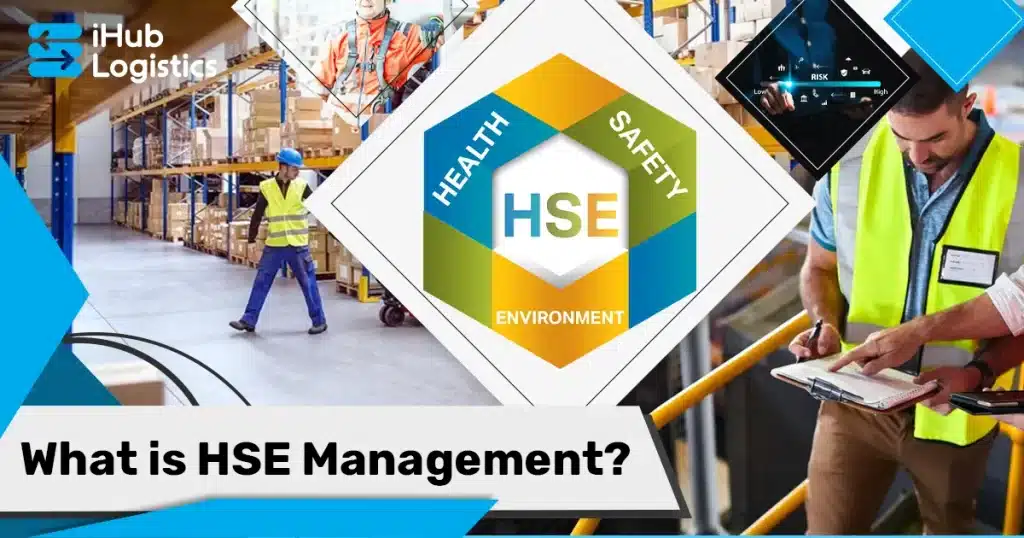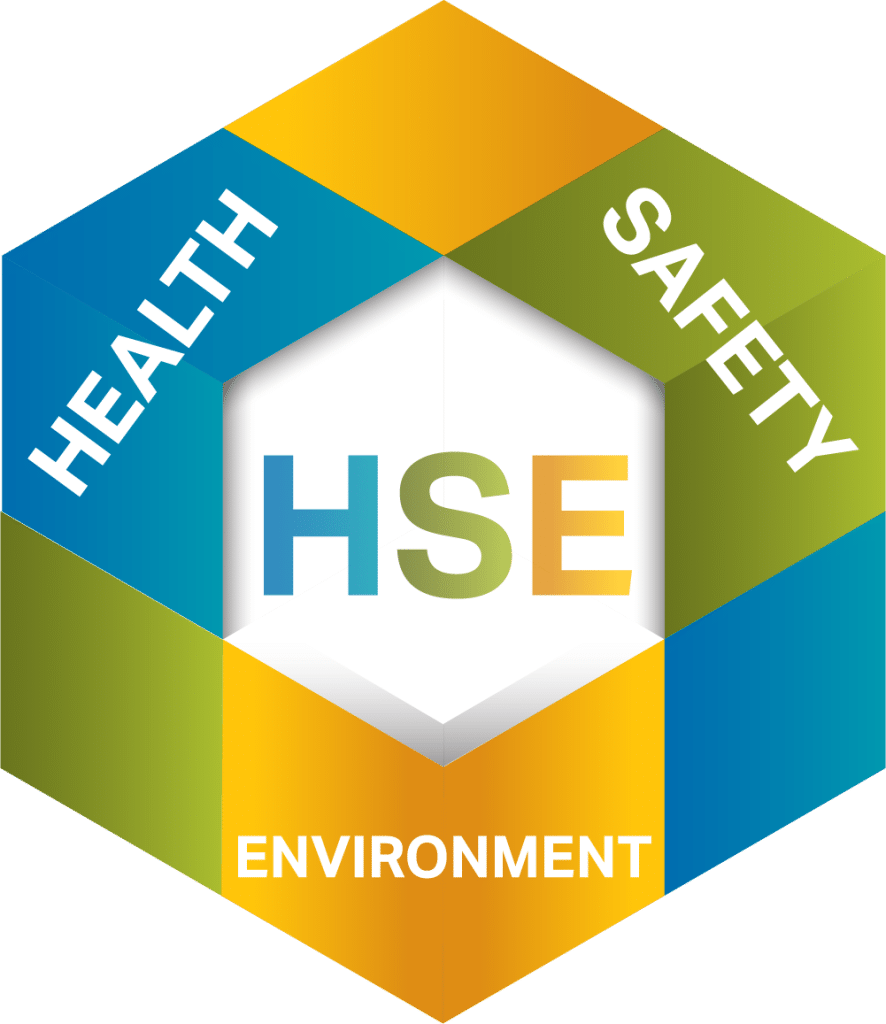
HSE management stands for Health, Safety, and Environment management. It is a system used by companies to ensure the well-being of their employees and protect the environment. This system is crucial for creating a safe and healthy workplace.
- Health Management: This focuses on the physical and mental health of employees. It includes activities like health check-ups, wellness programs, and providing a clean working environment.
- Safety Management: This involves preventing accidents and injuries at work. Companies identify potential hazards, assess risks, and put measures in place to control those risks. Safety training and the use of personal protective equipment (PPE) are key parts of safety management.
- Environmental Management: This aims to reduce the environmental impact of a company’s activities. It includes managing waste, reducing emissions, and conserving resources. Companies must comply with environmental regulations to avoid legal issues.
HSE management is essential for several reasons. It helps protect employees from harm, which can improve morale and productivity. It also helps companies avoid legal penalties and enhance their reputation. Additionally, good HSE practices can lead to cost savings by reducing accidents and waste.
Because the system benefits both the company and its employees, it becomes an essential part of any business.
Regulations and Standards
In Australia, there are specific laws and guidelines that companies must follow. The main regulatory body is Safe Work Australia, which sets national policies for workplace health and safety. Each state and territory has its own regulatory authority that enforces these laws and ensures companies comply.
Health regulations require companies to provide a safe and healthy working environment. This includes managing occupational health risks and promoting employee well-being through regular health check-ups and wellness programs. Safety regulations mandate that companies identify and control workplace hazards, conduct risk assessments, and implement safety measures. Workers should receive safety training and use personal protective equipment (PPE). Companies are also required to report and investigate accidents to prevent future occurrences.
Environmental regulations aim to minimise the impact of company activities on the environment. This includes managing waste, reducing emissions, and conserving resources. The Environment Protection and Biodiversity Conservation Act (EPBC Act) is the main environmental law in Australia. Companies must comply with this law to avoid legal penalties and contribute to environmental conservation.
Standards and certifications provide guidelines for best practices. ISO 45001 and ISO 14001 are good examples of it.
- ISO 45001 is the international standard for occupational health and safety, helping companies reduce workplace risks and create safer working conditions.
- ISO 14001 is the standard for environmental management, assisting companies in managing their environmental responsibilities effectively.
Different industries have specific guidelines. Companies should be aware of the guidelines relevant to their industry to ensure comprehensive compliance.

Risk Assessment and Management
Risk assessment and management are crucial parts of HSE management. They help identify potential hazards and take steps to control them. This ensures a safer and healthier workplace.
Risk Assessment is the first step. It involves identifying potential hazards in the workplace. Hazards can be anything that could cause harm. For example, machinery, chemicals, or even workplace layout. Once hazards are identified, the next step is to assess the risks associated with them. This means looking at how likely it is that the hazard will cause harm and how severe the harm could be.
Companies should regularly inspect their workplaces. They should look for anything that could pose a danger to employees. This includes checking equipment, reviewing work processes, and observing employee behaviour.
After identifying hazards, companies need to evaluate the risks. This involves determining the likelihood of an incident occurring and the potential severity of the incident. Companies can use a risk matrix to help with this evaluation. The matrix helps prioritise risks based on their potential impact and likelihood.
Once risks are evaluated, companies must decide how to control them. There are several ways to control risks:
- Elimination: Removing the hazard completely.
- Substitution: Replacing the hazard with something less dangerous.
- Engineering Controls: Using equipment or technology to reduce the risk.
- Administrative Controls: Changing work procedures to reduce exposure to the hazard.
- Personal Protective Equipment (PPE): Providing equipment like gloves, helmets, and goggles to protect employees.
Risk management does not end once controls are in place. Companies need to monitor the effectiveness of these controls. Regular reviews and updates are necessary. This ensures that risk management practices remain effective and relevant.
Involving employees in the risk assessment process is crucial. They can provide valuable insights into potential hazards and the effectiveness of controls. Training employees on risk assessment and management helps create a safer work environment.
Keeping detailed records of risk assessments and management plans is important. This documentation helps track progress and provides evidence of compliance with regulations.
Regular monitoring and employee involvement are key to maintaining a safe workplace. Effective risk management helps prevent accidents and injuries, ensuring a safer and healthier environment for everyone.
Technology and Tools
Technology and tools are essential in Health, Safety, and Environment (HSE) management, providing real-time monitoring, data collection, and efficient communication. Sensors and wearable devices track workplace conditions, helping identify hazards quickly.
Digital tools gather and analyse data from incident reports and inspections, guiding informed decisions. Mobile apps and communication platforms enable instant reporting and updates, ensuring everyone stays informed about safety procedures.
Automation and predictive analytics further enhance HSE management by reducing human error and forecasting potential risks. Automated systems handle routine tasks like equipment inspections, while predictive analytics identify patterns that may lead to accidents.
These technologies streamline compliance and documentation, ensuring accurate records and simplifying audits. By leveraging these advancements, companies can create safer and healthier work environments.

Introducing the HSE Software Module by iHub Logistics
Integrate the HSE Software Module by iHub Logistics into your operations to centralise essential safety and environmental standards. This module ensures that Health, Safety, and Environmental considerations are seamlessly integrated into your daily business processes, moving beyond compliance to achieve industry excellence.
By incorporating the HSE app, you proactively minimise risks, enhance safety, ensure legal compliance, and streamline operations for increased efficiency. Customisable to fit the unique needs of various industries like waste management, drilling, telecommunications, and more, the HSE Software Module is an essential tool for any business with field service operations.
